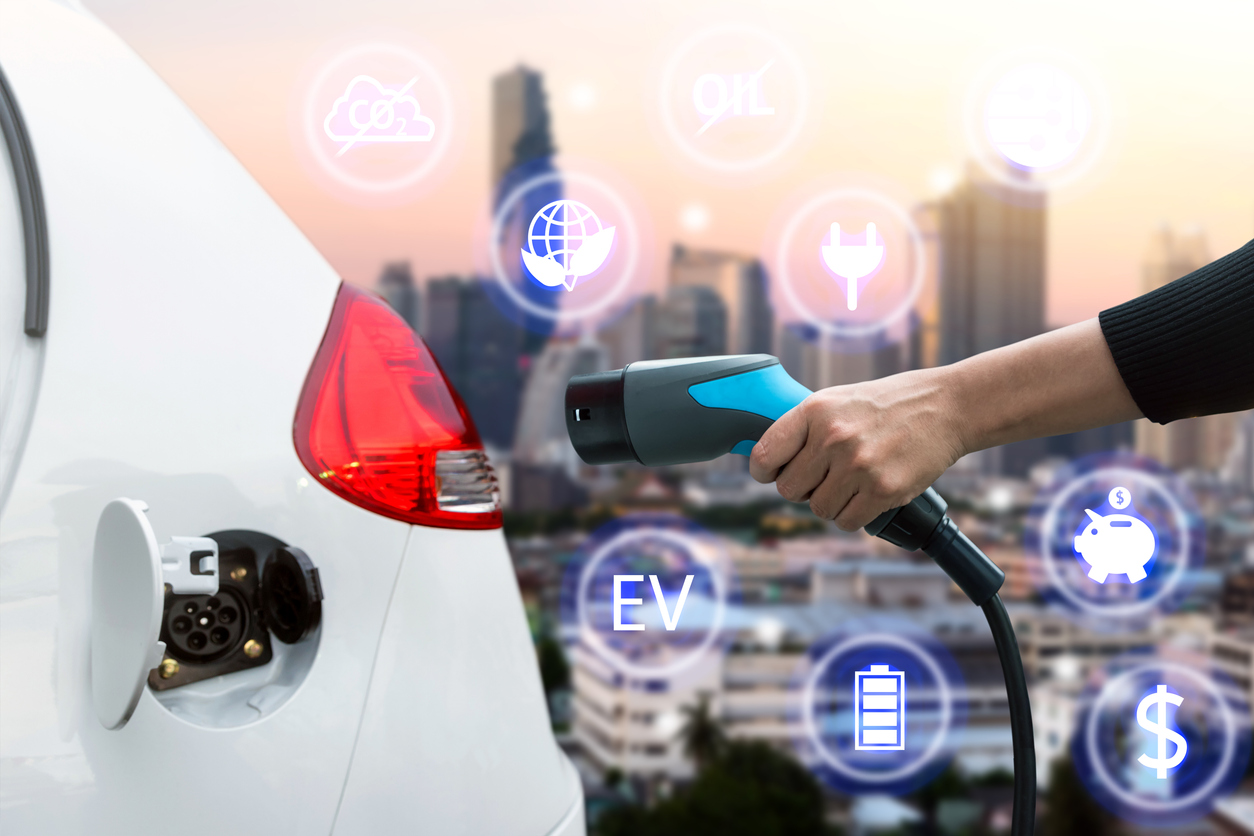
January 24, 2022
Individuals can charge their EVs at their residences or offices using existing power connections.
Individuals or businesses can set up PCS without licenses, provided they meet technical, safety, performance standards, and protocols
The BEE will serve as the Central Nodal Agency (CAN) for the rollout of EV public charging infrastructure
The government’s Go Electric campaign was designed to educate the public on the benefits of EVs, inform owners of incentives, create demand, and bring multiple stakeholders together

To create a safe, reliable, innovative, and accessible ecosystem, the Ministry of Power announced the revised consolidated guidelines and standards for charging infrastructure for electric vehicles (EVs). This is expected to enable faster adoption of EVs, promote energy security, and reduce emission intensity. The comprehensive guidelines include provisions for individuals and public charging stations (PCS). Individuals can charge their EVs at their residences or offices using existing power connections. Infrastructure conditions for public charging infrastructure for personal, long-range, and heavy-duty EVs have also been drawn.
Individuals or businesses can set up public charging stations without licenses, provided said stations meet periodic technical, safety, performance standards, and protocols laid down by the Ministry of Power, Bureau of Energy Efficiency (BEE), and Central Electricity Authority (CEA). The BEE will serve as the Central Nodal Agency (CAN) for the rollout of EV public charging infrastructure. In addition, state governments will nominate a nodal agency for setting up charging infrastructure in their respective states.
A revenue-sharing model has been introduced to guarantee that setting up a charging station is financially viable and will accelerate the adoption of EVs. Land belonging to the Government or public entities will be provided for the installation of PCS on a revenue-sharing basis at a fixed rate of INR 1 per kWh to be paid to the land-owning entity quarterly. In addition, PCS will be provided connections within seven days in metro cities, 15 days in municipal areas, and 30 days in rural areas. In addition, the tax on electricity supplied to public EV charging stations and battery charging stations (BCS) will be a single part tariff and will not exceed the average cost of supply till 31 March 2025. However, as state governments will subsidise electricity for setting up a PCS, a ceiling of service charges will be added.
Open access electricity requires no upfront investment required from the consumer, is risk-free, and results in energy cost savings on every unit provided. PCS can also obtain electricity through open access sources within 15 days of completing the application. However, they will need to pay the applicable surcharge – equal to the current level of cross-subsidy, transmission charges, and wheeling charges.
The BEE will also create and maintain a PCS database – which will include information about the location, types, numbers of chargers available, and service charges among others – after consultation with state nodal agencies (SNAs). This database, which can be accessed through a web portal, dedicated software, and app will facilitate faster and more efficient adoption of EVs.
Electric mobility is expected to balance the energy demand and promote environmental sustainability. Electric vehicles diversify the energy needed in the movement of people and goods as they use a broad mix of primary energy sources used in power generation. Therefore, as per the latest guidelines, at least one charging station will be installed in a grid of 3 km X 3 km and one charging station will be set up at every 25 Km. For long-range and heavy-duty EVs, one Fast Charging Station with the appropriate charging infrastructure specifications will be installed every 100 Kms alongside the PCS.
A phase-wise installation of the EV public charging infrastructure has been envisioned, with Phase I (1-3 Years) covering cities that have a population of 4 million. In addition, all existing highways and expressways connected to these cities will be covered under this phase. For Phase II (3-5 Years), state capitals, UT headquarters, and all expressways and highways connecting to these locations will be covered.